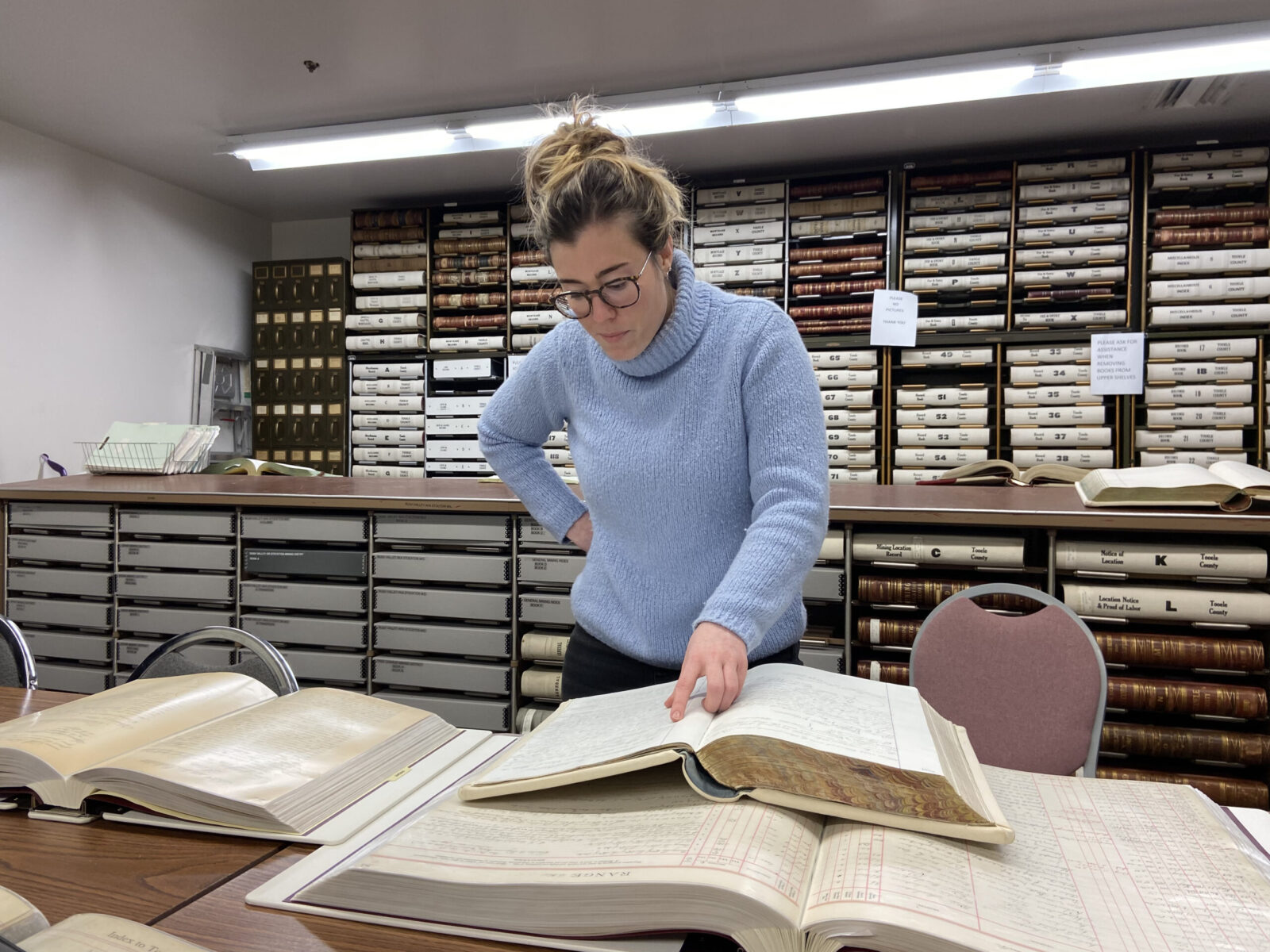History
New South Associates (NSA) historians conduct research to provide context to sites, landscapes, structures, objects, and more.


What can old maps, letters, family bibles, and other documents tell us about the past? How do historians use these sources to conduct research? Where are they located and how are they found? How do we learn about people who may not have documented their own past?
NSA historians are experts in mining these sources to create rich narratives. Our staff has researched buildings, structures, districts, sites, landscapes, and objects from different periods and in different places around the country.
History Services
Historical Research
Places, cultures, technologies, organizations, families, and individuals all have stories to tell. NSA historians conduct research at state and local archives, county courthouses, libraries, historical societies, universities, and online repositories.
Primary sources contain rich detail about who owned a property and when, changes they made over time , how their land was used, and where family members are buried. Information from census data, wills, inventories, and family papers can be used to reconstruct the lives of past residents. Business records, including permits, licenses, and city directories. Dun and Bradstreet records can be used to develop the history of a business and its owners over time. Historic maps, plats, and aerial photographs can be used to trace the changing landscape of a region or location.
Secondary sources such as county histories, state histories, resource specific studies, and journal articles are useful for placing site histories within a context. Online databases and websites are used to research and develop background for a building or site history.
Oral History
Oral Histories provide a first-hand account of past people, places, lifeways, and events as remembered by those who experienced them. Descendant communities have unique knowledge about their ancestors and cultures that helps create vivid pictures of the past. Oral history can shed light on ordinary people and everyday events that might not have been written about. It allows communities with direct connections to historic resources a chance to share their stories and provides a more complete narrative.
Land Use History
Land use histories are important for understanding how properties were used in the past and how they may have changed through time. Primary sources such as deeds, plats, maps, photographs, and historic aerial photographs tell us much about urban and rural places. These types of studies can be useful on their own and as part of other studies for environmental documentation under NEPA, and cultural resource management plans (CRMPs).
Administrative History
An organization may wish to document its history to celebrate a particular milestone, to recognize its accomplishments, or leave a legacy for the future. That is typically referred to as an administrative history. NSA historians use a combination of primary and secondary research together with oral histories to develop administrative histories.
Historic Contexts
One of the bedrock principles in CRM is the use of historic contexts to guide resource identification and evaluation. NSA is nationally recognized as a leader in the development and application of historic contexts. These documents focus on specific resource types or themes, such as gold mining in the Carolina Sandhills, the Dixie Highway in Georgia, ranch houses in Georgia, and the precontact Woodland period. Historic context documents review and synthesize existing information from previous studies, list the character-defining features of that resource, present research questions, and offer recommendations for how to identify the resource and what makes it significant.
Cultural Landscapes
Cultural landscapes include a range of natural and cultural features that are associated with a specific historic activity, event, person, or culture. They can be as large as a battlefield, an entire neighborhood, a viewshed from a historic house, or as small as a backyard garden in the city. NSA historians research cultural landscapes to learn how people interact with their surrounding environments throughout time.
Ethnography and Tribal Consultation
Consultation is a government-to-government process between a federal agency and federally recognized American Indian nations. In many cases, non-federal organizations or entities are required to engage in consultation but do not have the staff or expertise to do so effectively. That is where NSA can help. NSA staff support federal agencies and other clients with the consultation process. We have experience with archival and ethnohistoric research, preparation of ethnographic overviews and assessments, facilitation and assistance with Native American Graves Protection and Repatriation Act (NAGPRA) consultation, assessment, and documentation of Traditional Cultural Properties (TCPs), meeting planning and facilitation, oral history, and identification of culturally sensitive biotic communities. Cultural awareness, sensitivity, and respect are key to successful consultation.

LGBTQ+ Context – City of Atlanta’s Historic LGBTQ+ Places
NSA researched and developed a historic context for the LGBTQ+ community in Atlanta, conducting archival research, oral history interviews, and public outreach to determine the themes and places and the NRHP context for their evaluation.
